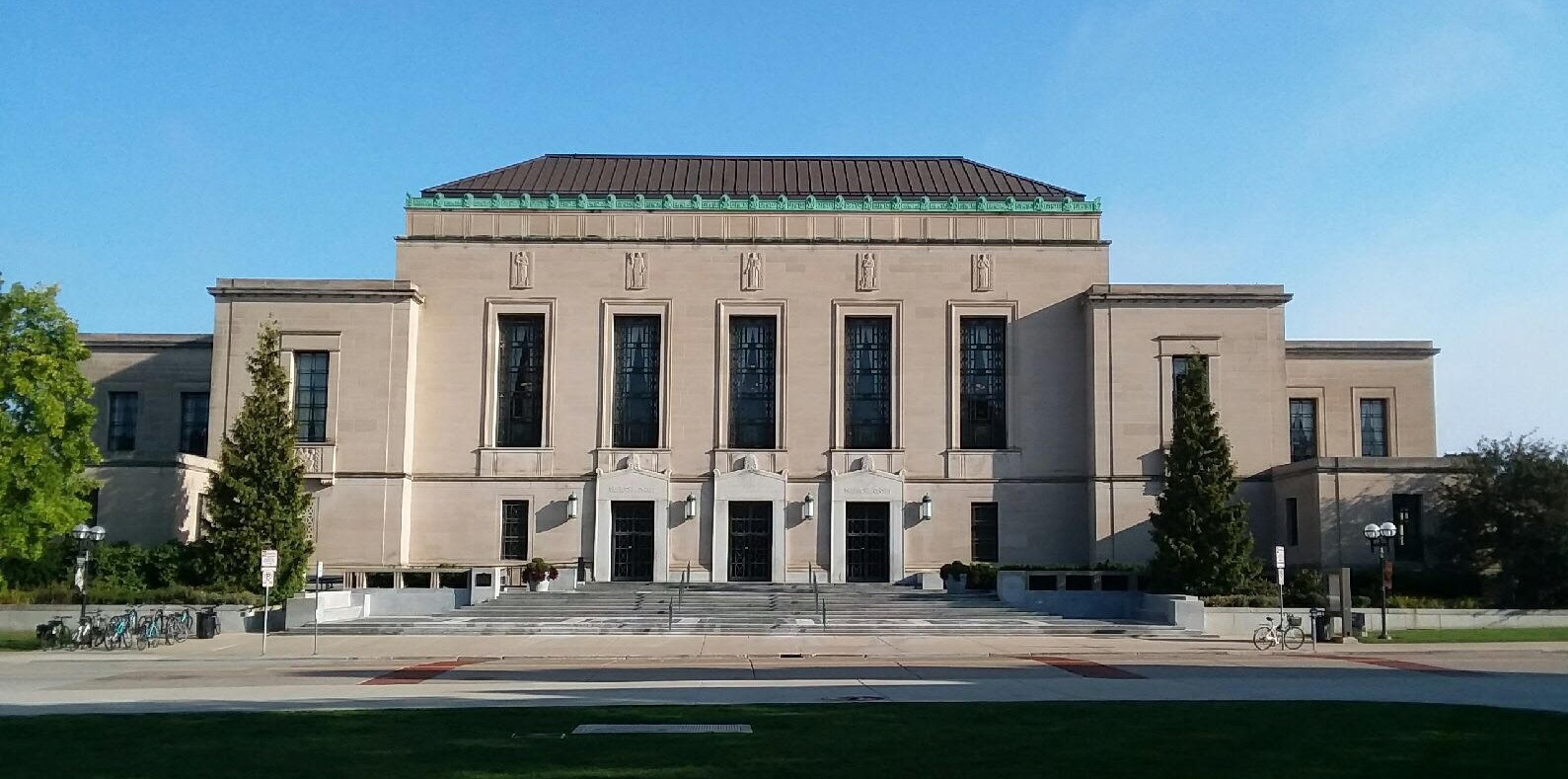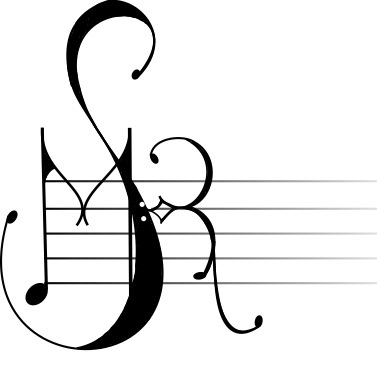
On July 25, SMR member Dorian Mueller successfully defended her dissertation, “Reconstructing the Edges and Surfaces of Musical Experience through Musical Spatial Frames: An Approach to Analysis through a Narrative Space Model of Musical Perception,” before her committee, colleagues, and friends gathered via Zoom. Congratulations, Dorian! Please see below for an abstract of Dorian’s dissertation.
Reconstructing the Edges and Surfaces of Musical Experience through Musical Spatial Frames: An Approach to Analysis through a Narrative Space Model of Musical Perception
Abstract
Recent approaches to music theory and analysis have placed listeners’ engagement with and experiences of music at the center of inquiry (Lewin 1986; Guck 1997, 1998, 2006; Lochhead 2010, 2016, 2019; Cox 2016). This dissertation builds upon this work as well as research in the fields of literary theory, aesthetics, and phenomenology by introducing “musical spatial frames” (MSFs), an analytical model that attends to the shifting contexts that inform the plurality of ways one might experience a musical work, and that may serve as a tool for reconstructing experiences through a practice of analytical description. Drawing on Gabriel Zoran’s (1984) conception of narrative space as a point of departure, I theorize an approach to capturing the shifting perspectives of listening to a musical work, situated within what I define to be “narrative musical-spaces”—imagined environments that guide how we direct our attention as we listen. In my account of musical experience, “surfaces” and “edges” (Casey 2017; Lochhead 2010) serve as metaphors for depicting how listeners might conceptualize the “musical surface.” MSFs constitute analytical descriptions of individual scenes of encounters with edges at the musical surface that invite readers and listeners to reconstruct experiential environments of listening.
The dissertation comprises four chapters that collectively explore the following questions: (1) How might a model of musical perception capture the global organization of shifting perspectives that arise when we engage with a musical work? (2) How might such a model account for perspectives that may change over time through musical repetitions and returns, both within a work and through repeated listenings? (3) How might such a model take into account the performative and creative role of listeners, who may determine the boundaries of the shifting perceptual units, and the role of analysts, who may “perform” their analytical engagements? Chapter 1 introduces the reader to “surfaces” and “edges,” and reflects on the plurality of meanings that the term “musical surface” has acquired in music theoretical discourse. I propose that what we conceive of as “the musical surface” could more productively be described as a surface-reading—an externalized organization of experience that is the product of the creative act of the listener/analyst. Accordingly, I adopt several approaches to surface-reading, derived from practices of reading literary texts (Best and Marcus 2009) that will inform how I employ MSF analysis. Chapter 2 then draws on Zoran 1984 to develop a narrative space–based model of musical perception through MSF analysis. I demonstrate the components of this model through MSF renderings of excerpts from Chopin’s Nocturne in F-sharp minor, op. 48, no. 2. In the remaining two chapters, I explore two ways one might apply MSFs. In chapter 3, I use MSFs to reconstruct how I experience the reoccurrence of the opening A section of Schubert’s Drei Klavierstücke , D. 946, no. 2, differently. As I show, each contrasting section may alter how one might perceive boundaries and interpretations of the MSFs of the A sections when they return. In chapter 4, I engage with three different performances of Mélanie Bonis’s “Desdémona,” op. 101, tracing how my characterization and location of different edges on the musical surface of each performance yield different renderings of narrative musical-space. Through this work, I hope to offer a new perspective on how listeners’ experiences might continue to inform our analytical goals and practices.
Recent Posts
SMR to Host Midwest Graduate Music Consortium 2025 Conference – January 13, 2025
SMR Welcome BBQ at County Farm Park – October 01, 2024
Julian Grey defends dissertation – June 05, 2024
Michaela Franzen defends dissertation – May 21, 2024
Kai West defends dissertation – May 16, 2024
Micah Mooney and Carlos Pérez Tabares present at Music Theory Midwest – May 12, 2024
SMR end-of-year round-up at County Farm Park – April 25, 2024
SMR hosts Research Showcase – September 29, 2023
 Society for Music Research
Society for Music Research